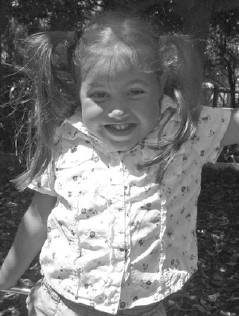From API’s Publications Team
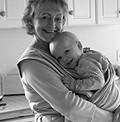 The makers of Motrin received a flood of feedback from parents about the ibuprofen brand’s latest advertising campaign targeting mothers. The ad, which had been released in November, had put moms and dads on the offensive as the ad’s spokeswoman speaks on the so-called (back, neck, and shoulder) pains of babywearing.
The makers of Motrin received a flood of feedback from parents about the ibuprofen brand’s latest advertising campaign targeting mothers. The ad, which had been released in November, had put moms and dads on the offensive as the ad’s spokeswoman speaks on the so-called (back, neck, and shoulder) pains of babywearing.
The Actual Transcript of the Ad
“Wearing your baby seems to be in fashion. I mean, in theory it’s a great idea. There’s the front baby carrier, sling, schwing, wrap, pouch. And who knows what else they’ve come up with. Wear your baby on your side, your front, go hands free. Supposedly, it’s a real bonding experience. They say that babies carried close to the bod tend to cry less than others. But what about me? Do moms that wear their babies cry more than those who don’t? I sure do! These things put a ton of strain on your back, your neck, your shoulders. Did I mention your back?! I mean, I’ll put up with the pain because it’s a good kind of pain; it’s for my kid. Plus, it totally makes me look like an official mom. And so if I look tired and crazy, people will understand why.”
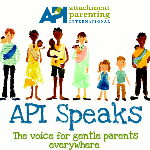 A link to the ad and messages sent to Motrin, as well as the opinions of Attachment Parenting International’s bloggers, can be found on API Speaks by clicking here: http://attachmentparenting.org/blog/2008/12/18/making-babywearing-work-for-you/.
A link to the ad and messages sent to Motrin, as well as the opinions of Attachment Parenting International’s bloggers, can be found on API Speaks by clicking here: http://attachmentparenting.org/blog/2008/12/18/making-babywearing-work-for-you/.
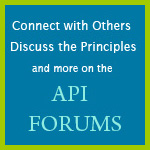 In addition, this topic is being discussed on the API Forums at http://www.attachmentparenting.org/forums/showthread.php?p=21255#post21255.
In addition, this topic is being discussed on the API Forums at http://www.attachmentparenting.org/forums/showthread.php?p=21255#post21255.
Motrin’s Official Response
“With regard to the recent Motrin advertisement, we have heard you.
On behalf of McNeil Consumer Healthcare and all of us who work on the Motrin Brand, please accept our sincere apology.
We have heard your complaints about the ad that was featured on our website. We are parents ourselves and take feedback from moms very seriously.
We are in the process of removing this ad from all media. It will, unfortunately, take a bit of time to remove it from our magazine advertising, as it is on newsstands and in distribution.
Thank you for your feedback. Its very important to us.”
Sincerely,
Kathy Widmer
Vice President of Marketing
McNeil Consumer Healthcare
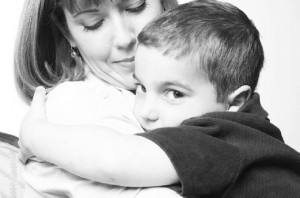 All babies cry. And all parents are continually striving to find the best way to respond to those cries.
All babies cry. And all parents are continually striving to find the best way to respond to those cries.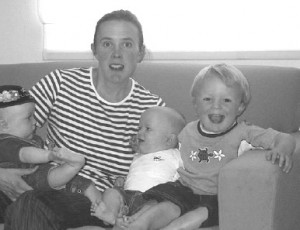
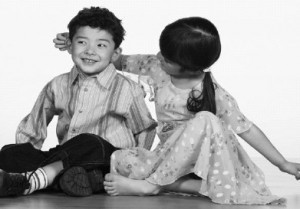 “Mommy, why do you need another Yonatan?” asked my first-born, looking at my growing belly. I hugged him and said, “I do not need another Yonatan. There is no other Yonatan. You are the only ‘you’ there will ever be, and I love you so much.”
“Mommy, why do you need another Yonatan?” asked my first-born, looking at my growing belly. I hugged him and said, “I do not need another Yonatan. There is no other Yonatan. You are the only ‘you’ there will ever be, and I love you so much.”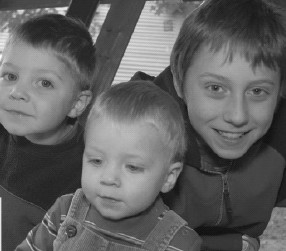
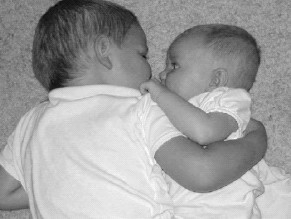
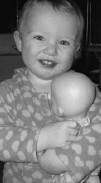
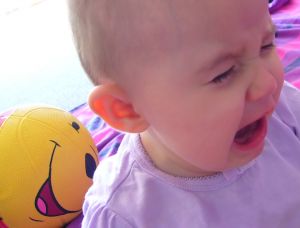 An article on France’s InfosJuenes.com, “Risk of Maternal Depression on the Infant,” reveals research that shows the negative effects of depression in mothers on their babies.
An article on France’s InfosJuenes.com, “Risk of Maternal Depression on the Infant,” reveals research that shows the negative effects of depression in mothers on their babies. The makers of Motrin received a flood of feedback from parents about the ibuprofen brand’s latest advertising campaign targeting mothers. The ad, which had been released in November, had put moms and dads on the offensive as the ad’s spokeswoman speaks on the so-called (back, neck, and shoulder) pains of babywearing.
The makers of Motrin received a flood of feedback from parents about the ibuprofen brand’s latest advertising campaign targeting mothers. The ad, which had been released in November, had put moms and dads on the offensive as the ad’s spokeswoman speaks on the so-called (back, neck, and shoulder) pains of babywearing.
 In addition, this topic is being discussed on the API Forums at
In addition, this topic is being discussed on the API Forums at 